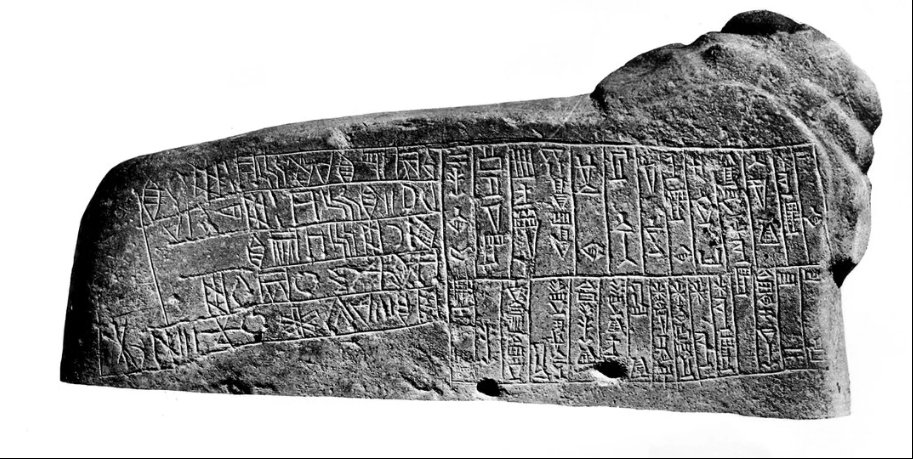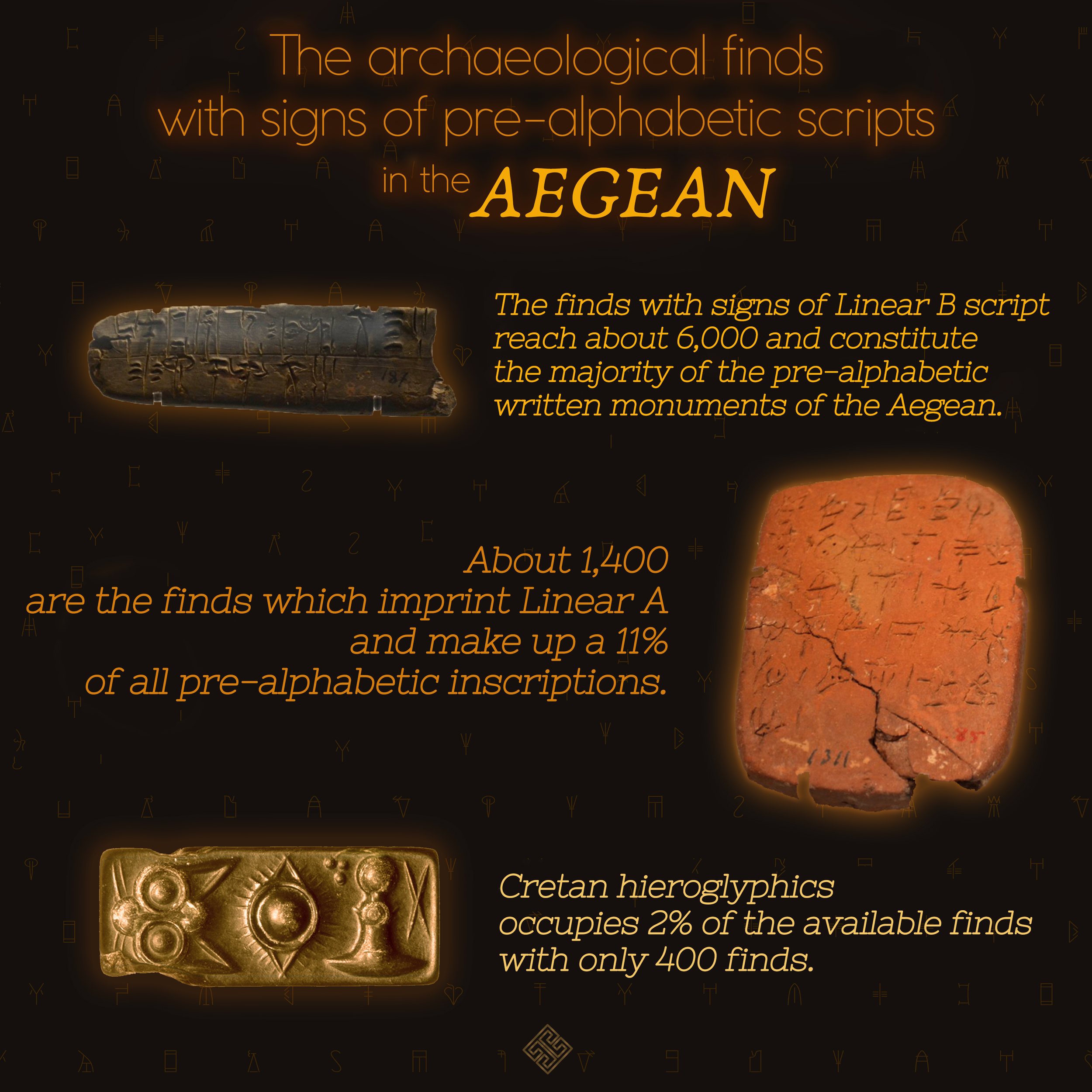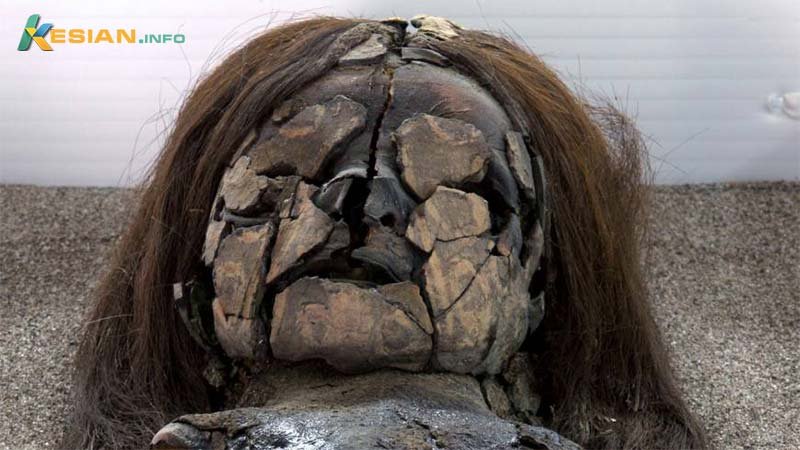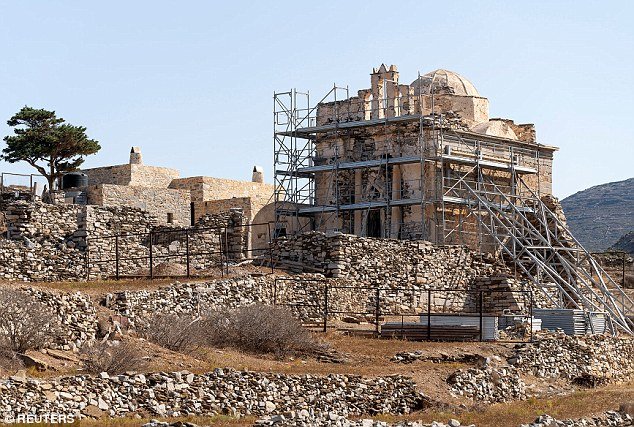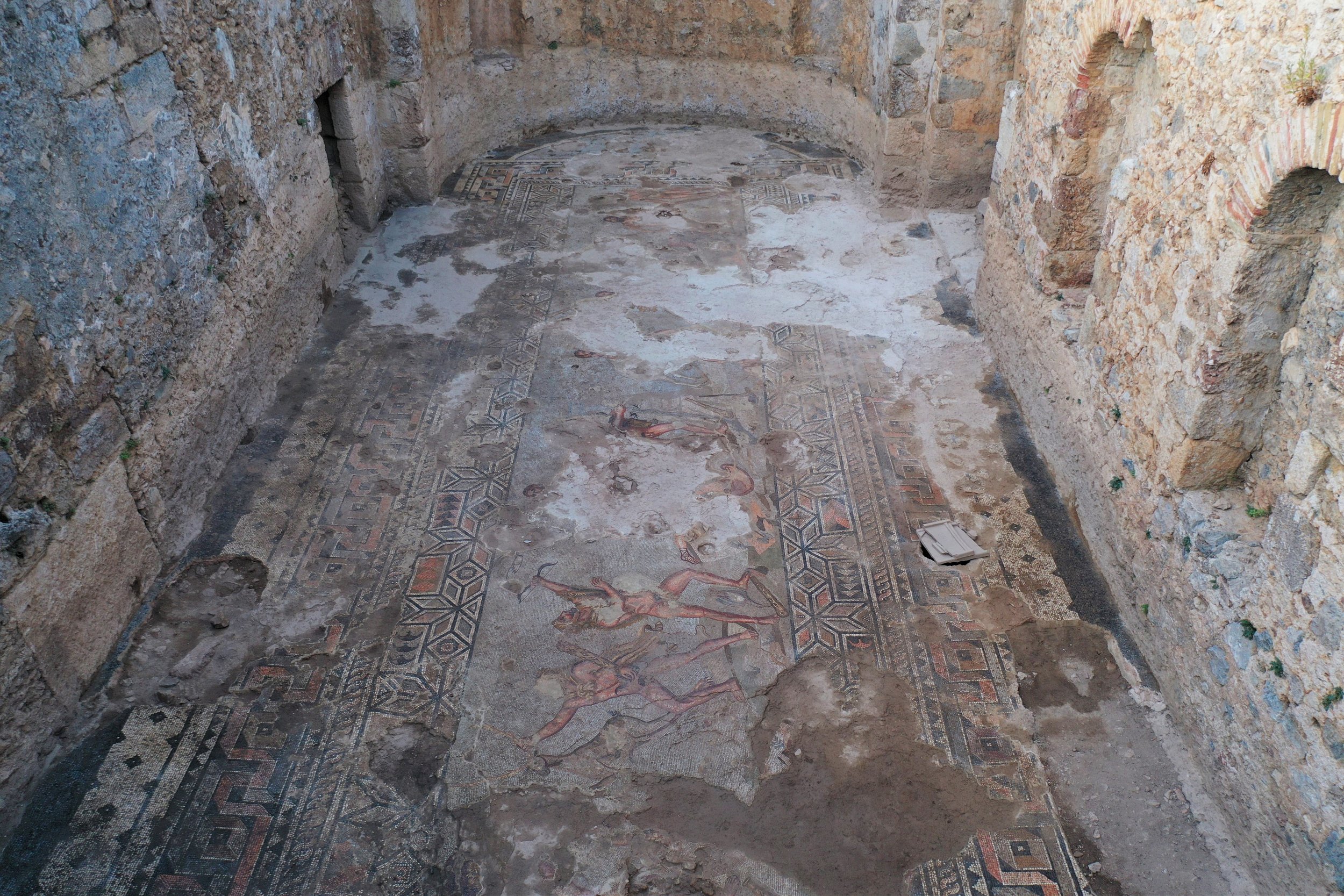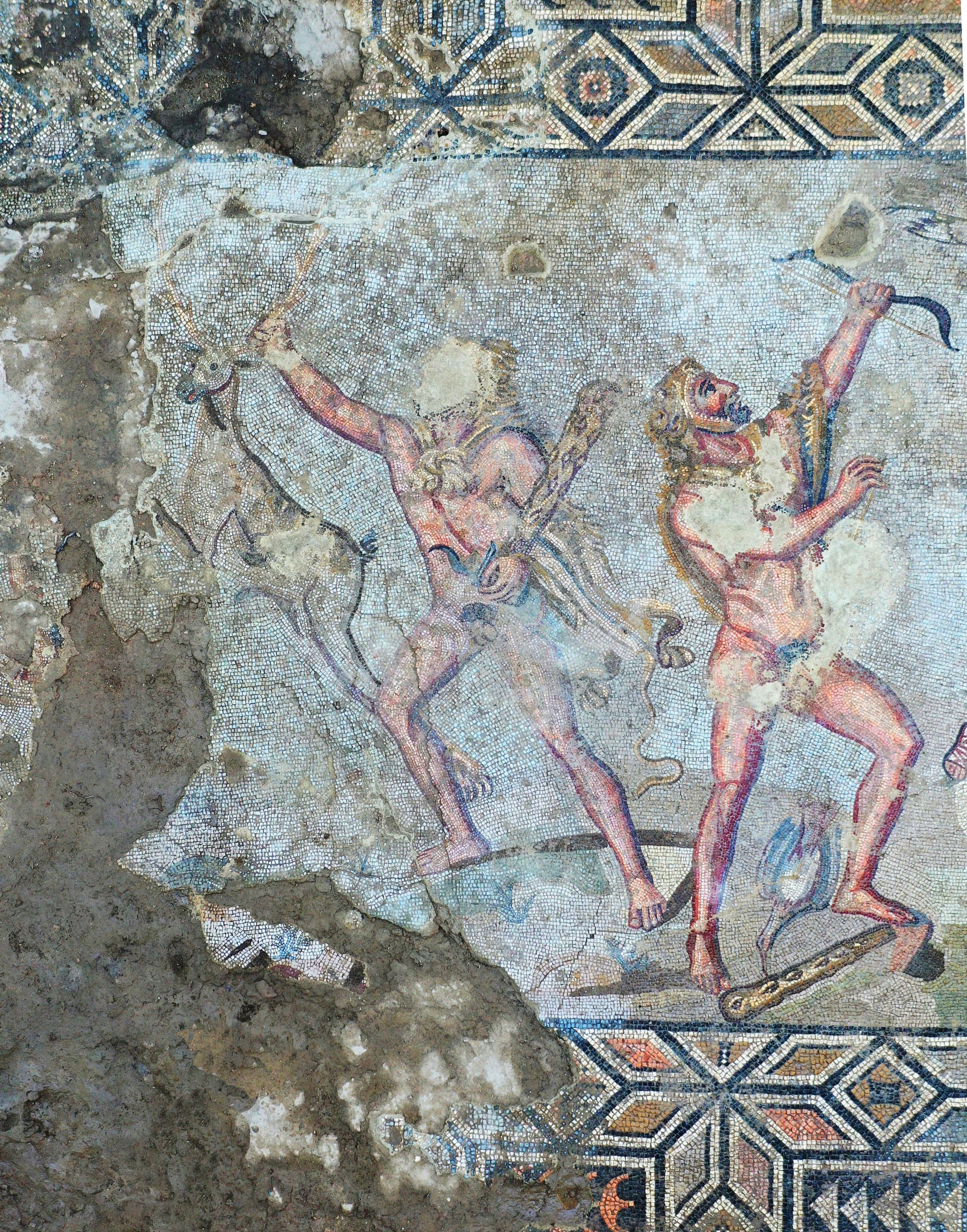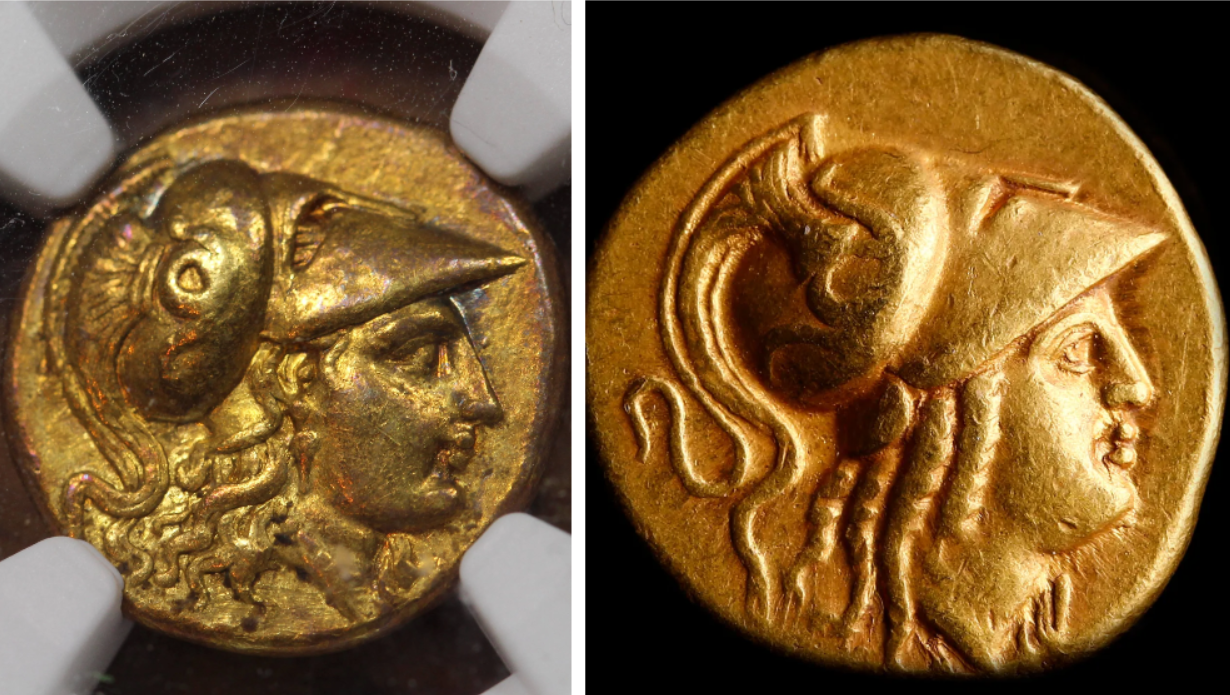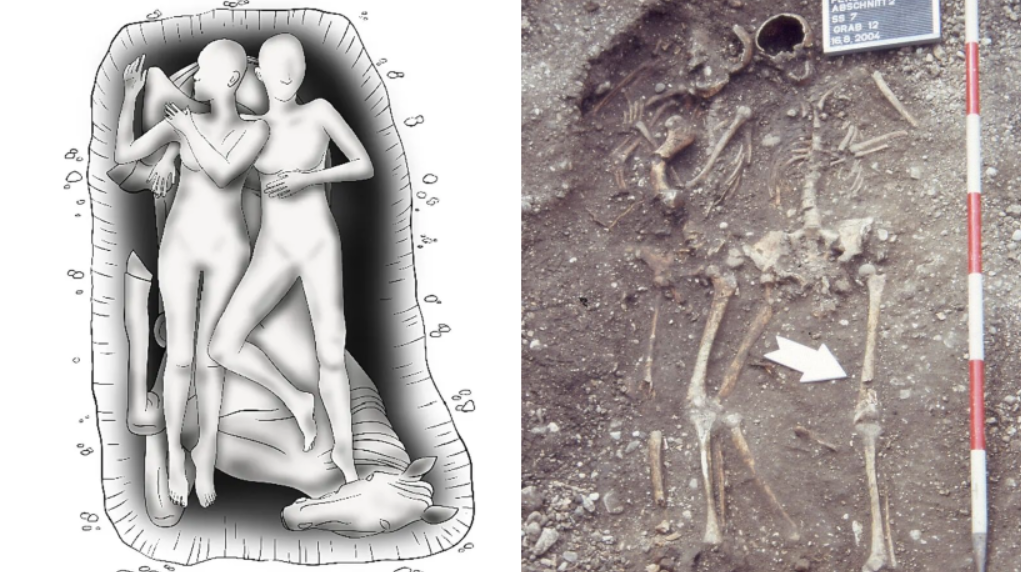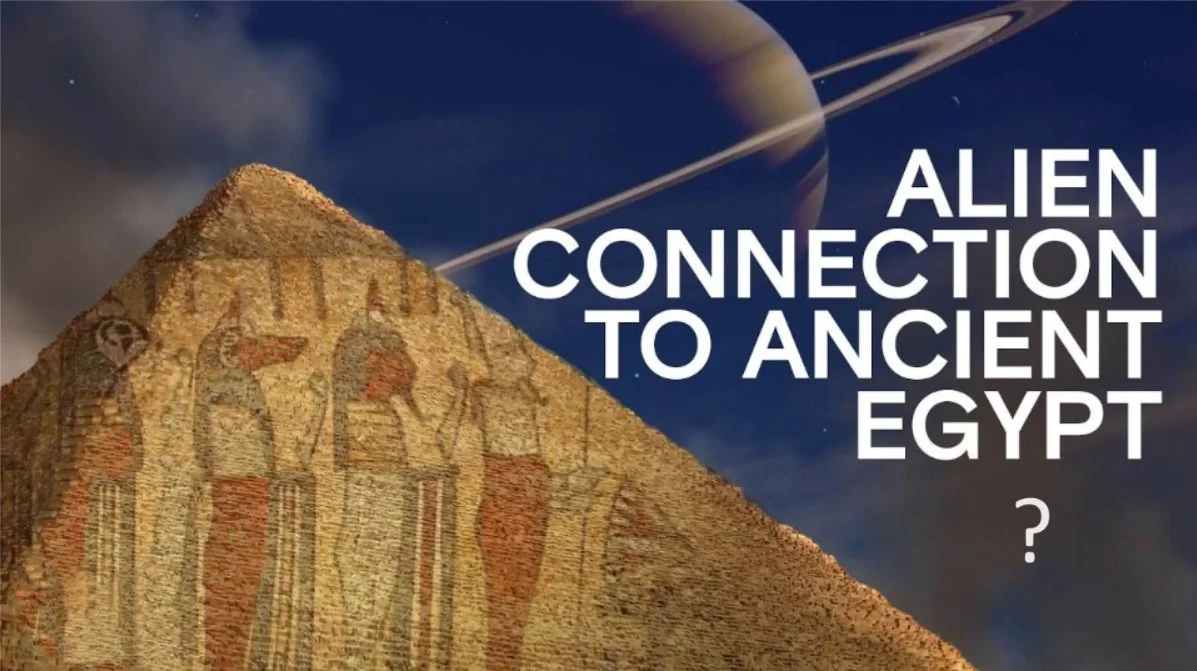The apostle Paul may be the most influential Jew in history. Many people believe that the apostle, rather than Jesus (whom he never actually met) contributed more than anyone else to the development of Christianity as a religion separate from Judaism.
After converting to Christianity sometime between 31 and 36 C.E., Paul sailed throughout the Roman Empire and spread his message. His final journey was from Caesarea to Rome, where he was sent to be tried due to accusations by the high priest Ananias ben Nedebeus. The New Testament book The Acts of the Apostles describes the slow and prolonged journey by sea, in several different ships, to the capital of the empire, which ended prematurely when Paul’s ship was shipwrecked off the coast of Malta.
This description comes from one of the few detailed written accounts of sea voyages that remain from that period. “Until recently, we didn’t understand why the Alexandrian grain ship, that Paul joined in southern Anatolia, bound for Rome, chose that particular route,” says David Gal, a doctoral student in the Department of Maritime Civilizations at the University of Haifa.
The journey from the shores of Caesarea toward Rome was not an easy route. The winds in the Mediterranean are virtually all westerly, and researchers have never understood how sailors in ancient times sailed into the wind with the simple ships at their disposal.
Now Gal is proposing a solution to the riddle.
In order to reach the solution, he used “Big Data” analyses of 750 million sets of weather data. He also embarked on a series of voyages in a replica of a merchant vessel that sank near Kibbutz Ma’agan Mikhael (just north of Caesarea) some 2,400 years ago.
Gal summarized his findings in a study he wrote with Prof. Deborah Cvikel, a researcher of ancient sailing ships from the University of Haifa, and climate researcher Prof. Hadas Saaroni of Tel Aviv University, which was published last month in the Journal of Archaeological Method and Theory.
Drawing on huge quantities of data, this is an exceptional study. The research is ultra-modern, while the journeys in the replica ancient ship turn it into a classical field study.
Taking to the waters
I found the replica ship, Ma’agan Mikhael II, anchored in the Shavit marina in Haifa, where the Kishon meets the Mediterranean. Early one morning, a team of about 10 volunteers, who also participated in building the replica ship, prepared the boat before it set out to sea. The crew members delicately unfurled the flax sail, which was treated with yellow ocher, flax oil and melted beeswax – traditional methods for protecting the fabric from damp and rot. They attached the heavy sail to the ship’s yard, which they raised to the top of the mast with a rope halyard.
There were already major commercial ties in the Mediterranean 3,000 years ago
With just the single sail, the ship’s navigational abilities are very limited. It set off from the marina, dwarfed by huge containers for modern merchant ships, with the aid of a tugboat. Once in open waters, the tow line with the tugboat was severed, the yard diverted to an angle of 30 degrees to the southwest wind, and Ma’agan Mikhael II sailed toward Acre at a speed of 3.4 knots (3.9 mph)
There were already major commercial ties in the Mediterranean 3,000 years ago and more, and some historians claim it was these maritime ties that enabled the development of civilizations surrounding the sea. Without the Mediterranean, ancient Greece and Rome would never have developed because there was no other way to transfer the quantities of merchandise required to maintain such large empires. Overland transport was extremely expensive and even more difficult.
Despite the importance of the maritime ties, very little is known about how sea voyages were carried out. “There are almost no written accounts on the conduct of sailings – maybe because the sailors didn’t know how to read and write,” Gal points out.
From the 13th century B.C.E. until around 700 C.E., sailors sailed in one-mast ships with a square sail like Ma’agan Mikhael II. These ships had no problem sailing from the Aegean region to the eastern Mediterranean (the Levant), with the help of the westerly winds. But they had very little ability to sail against the wind, so that it was never clear how they made the return journey.
One theory was that the sailors sailed close to the coastline, exploiting the daily breeze cycle, in order to creep northward from the Levant and to continue westward near the coast of southern Turkey. “Only when we sailed on Ma’agan Mikhael II did we understand the real limitations of the ship and the sailors,” Gal says. “We found that in many sections of the coast, the breeze doesn’t support this type of movement.”
'Over the years there are many fluctuations in temperature or in the amount of rain, but the wind regime remains almost unchanged.'
Gal found a way to solve the mystery while sailing a yacht in the Mediterranean. He noticed that although the average wind direction was westerly, there was also variance in the wind that enables sailors to occasionally take advantage of winds blowing from east to west. “The problem was that we couldn’t know whether the variance in the wind would have been enough for sailing a ship all the way from the Levant to the Aegean Sea,” he notes.
He also had to check whether it is possible to rely on modern meteorological data to represent the wind regime that prevailed in the Mediterranean some 3,000 years ago.
Gal found a study that combined all the wind listings from the period of the Greek and Roman empires. “They described the winds and their seasonality very precisely, because they were very dependent on them,” he says. Gal also used studies that examined the climatological history of the major pressure systems in the Atlantic Ocean (which then govern the wind regime in the Mediterranean), with the help of plankton residue indicated sea surface temperatures.
An in-depth examination of the two sources indicated that there was almost no difference between the wind regime in the Mediterranean 3,000 years ago and of today.
“Over the years there are many fluctuations in temperature or in the amount of rain, but the wind regime remains almost unchanged,” Gal says. “That’s what makes the present study possible.”
Sailing bug
Gal spent 20 years serving as a pilot in the Israel Air Force, and after his retirement swapped his flying bug for a sailing one. Today he is also the meteorologist supporting the Israel Sailing Association and Olympic sailing team. He gathered wind data of 7,000 points in the Mediterranean region spaced 27 kilometers (nearly 17 miles) from one another, and timed at every hour for 15 years. That’s how he got slightly less than a billion sets of data. “I needed over two months just to download the wind data and data about the wave regime and ocean currents from updated meteorological databases, which use satellite collected wind data,” he recounts.
Based on the meteorological data, Gal – who also has a degree in computer sciences – carried out simulations of voyages in a virtual ship with characteristics similar to the ancient ships, on 224 different routes in the eastern and central basins of the Mediterranean. The sampling represents most of the sailing options in ancient times.
They conducted 5,479 virtual sailings on every sailing route – the equivalent of setting sail every morning on every route for 15 years – for a total of over 1.2 million virtual sailings.
Gal examined the feasibility of completing each of the journeys, taking into account the winds, height of the waves and estimated number of days for the journey. He found that the average sailor had enough opportunities to sail westward in a reasonable manner. “We were able to map the seasonal potential sailing mobility on each possible route, and for example we identified when and why a grain ship would prefer to sail to Rome via southern Anatolia.”
“They didn’t sail counter to the prevailing wind, but waited for days with a favorable wind in the opposite direction,” he declares. “We found there were such days in a large meteorological sampling. Until now, scholars didn’t examine that but used low resolution meteorological averages that erase the variance in the wind.”
Gal adds that it’s only in the past 15 years that meteorological data of sufficiently high resolution has existed in order to discover this variance.
Furthermore, Gal used machine learning to examine whether the computer could predict when it was worth going out to sea based on the prevailing conditions on the day of departure.
It was found that the software identified 75 percent of the days when it was possible to set out for a safe journey, as well as 80 percent of the days that did not lead to a safe journey. “The ancient sailors certainly knew better how to decide when to set sail and when not to,” Gal says.
“We’re starting with the assumption that the ancient seafarers were reasonable people,” he adds. “In other words, they wanted to stay alive, and didn’t want to waste their time on a trip when they would most probably have to return to port. Just as modern-day fishermen know how to read the sky, and to estimate with high probability when the sea will be stormy and when there will be a lull of several days, we assume that the ancient sailors also knew how to read the sky and to identify with high probability when it was worth their while to embark on a journey from east to west.”
Prof. Cvikel notes that the study “changes what we thought until now. The sailors felt the sea, smelled the wind, knew when it was possible to sail. That’s something that’s passed down from grandfather to father to son, and everyone learned from a very early age. That enabled them to sail on the Mediterranean all year round and to maintain commercial ties.”
Gal tested his computerized analysis in real time. “Ma’agan Mikhael II has already set sail over 80 times, and on one of the trips went to Cyprus and back,” he says. “We have data about its performance in all wind conditions and how various currents affect it, and that enables us to conduct a reliable simulation of sailing. With its help, we acquired insights into the way such a ship is operated; we had a better understanding of how four people can sail from Greece to here and back.”
The original ship was discovered in 1985, buried at a depth of about 2 meters (6 feet, 7 inches) in the seabed near Kibbutz Ma’agan Mikhael, which was home to the ship’s researcher, Dr. Elisha Linder.
A large part of its hull was preserved, and after digging and preservation activities that lasted 15 years, researchers were able to reassemble it. The preservation of the wood alone took seven years. The original ship is now located in the Hecht Museum at the University of Haifa.
From the parts of the ship that were preserved, the researchers reconstructed a piece of its hull. In 2014, construction began on a large ship with the same dimensions, with the same materials and using the same construction methods. The work was conducted by a group of volunteers and was led by Prof. Yaacov Kahanov. Sadly, he died in 2016, a few days after the completion of the replica.
Today, Ma’agan Mikhael II is one of only two ships in the world that simulate a Mediterranean merchant sailing vessel from that period (the other is a replica of a ship that is about 100 years younger, which was found in northern Cyprus).
The original ship from Ma’agan Mikhael didn’t transport olive oil or wine, but an expensive cargo of 12 and a half tons of slate – stone that wasn’t available in the Land of Israel and was apparently meant for construction in the Greek colony of Tel Dor. The local real estate obsession is nothing new, it seems.
The theory is that the ship sank on its maiden voyage, since no remains of snails or marine flora were found on its side.
“It’s going back 2,400 years,” says Gal, reflecting about sailing on the replica. And in fact, boarding the deck of the Ma’agan Mikhael II is rather like entering a time capsule. Everything is amazingly simple. There are no electrical outlets, no plastic, no screens. The hundreds of nails that secure the planks were created manually, one at a time, from copper. And the ship sails.
“The elephant in the room in studies of seafaring is that all of the researchers are very divided regarding the capability of the ancient ships,” Gal says. “Some say they were entirely subject to the mercies of the winds, while another school claimed they were able to sail upwind, almost like modern yachts. Until now there were very hypothetical studies, and here we have a seagoing vessel with which we can really test that.”
Next spring, Gal is planning to sail the replica ship with the volunteer crew to Greece. “It will take three to four days to reach western Cyprus, where we’ll wait for another window of opportunity, and then another three to four days until Rhodes.”
A previous traveler followed a similar route. According to ancient records, Paul ended up staying in Cyprus for nearly two months.





















